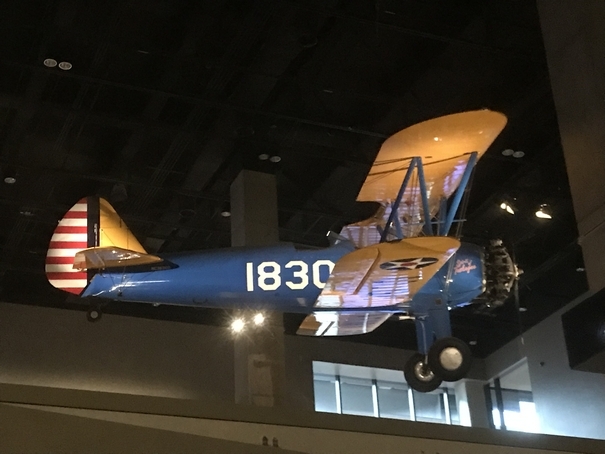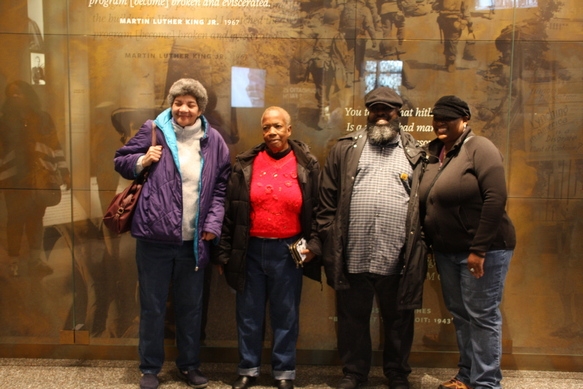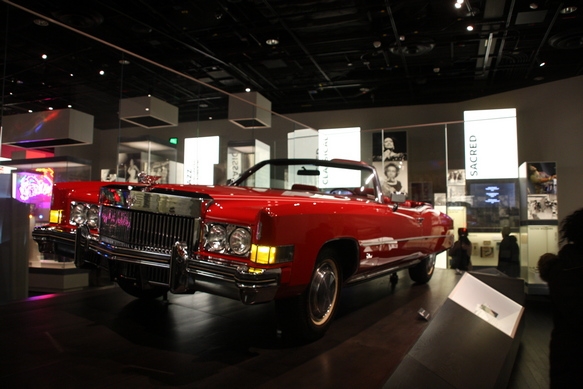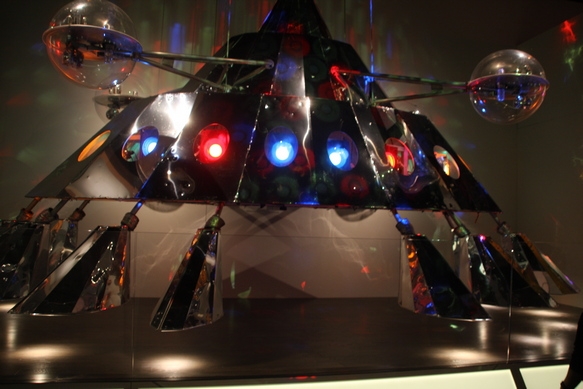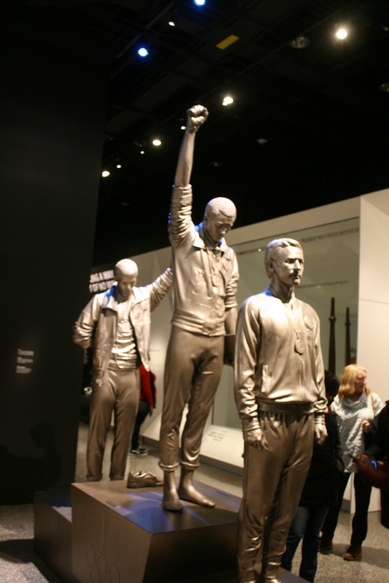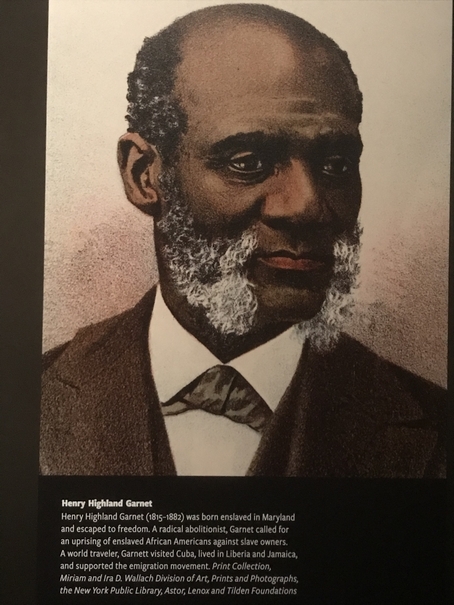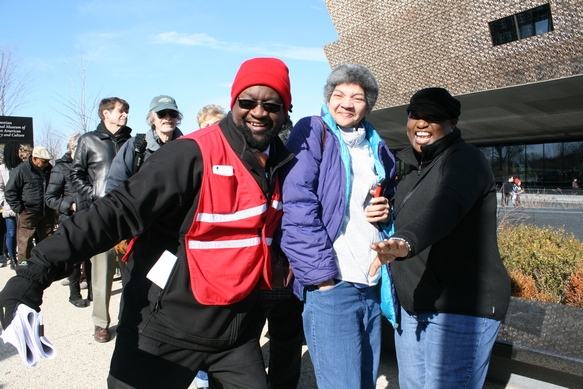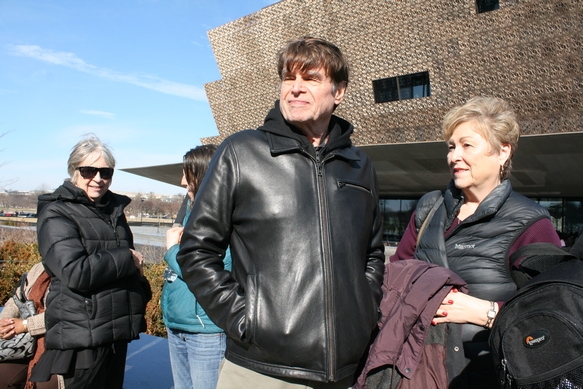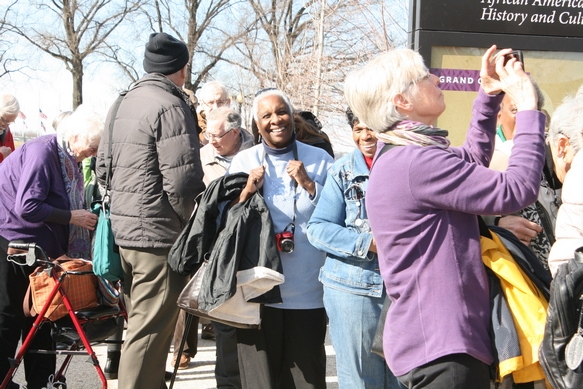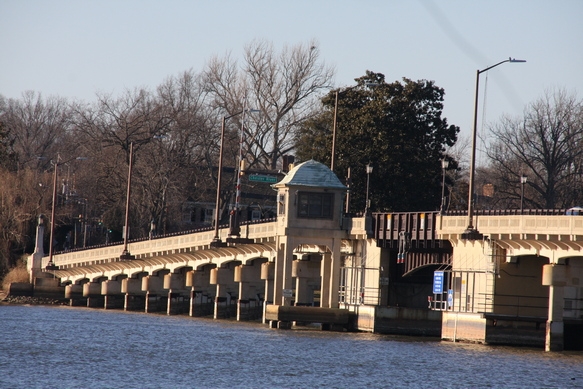At a special work session of the Kent County Commissioners on February 11, Chestertown Mayor David Foster presented a slide show to illustrate his ongoing concern with the tax differential between the county and municipality. According to studies employed by Chestertown, a tax adjustment could return between $617,900 and $913,000 to Chestertown, offering relief to property owners and funding critical town improvements.
Although the disagreement on how to fairly resolve what a University of Maryland study cited as a 10-15% over taxation of Chestertown by the County has been ongoing through three Mayorships, the Commissioners’ meeting ended on a positive note with a willingness to create a working group .
Central to the argument is that Chestertown residents are taxed twice—paying for both municipal and county services—while county residents living outside town limits contribute nothing to town services. This tax disparity places a financial strain on the town and hinders efforts to attract businesses and workers.
“For every dollar Chestertown receives in property tax, Kent County receives $2.37,” Foster said, calling for a reevaluation of the tax structure to create a more equitable and supportive environment for economic development.
The Maryland Department of Planning warns that the lack of a property tax differential contradicts the state’s funding priorities. Without correction, this imbalance continues to deter economic growth.
“The higher the property taxes, the less investment, the fewer the job opportunities, the smaller our tax base,” Foster said, suggesting that the county is trapped in a “vicious cycle” of rising taxes and declining economic prospects.
The county argues that county.services like the Sheriff’s Department and Emergency Services that serve Chestertown reasonably account for the tax differential. The town contends that it pays more for non-municipal services that it does not itself receive. Road maintenance is another county service that does not include the municipality.
“I think we can provide the same level of service for both police and roads by combining or putting it all under one umbrella,” Commissioner Price said.
Chestertown resident Michael McDowell commented after the meeting that “the three commissioners now need to open their all-too-general budget numbers to a forensic line-item-by-line-item look at where taxpayers money is actually being spent. Chestertown residents and their Mayor have been treated with disdain and contempt by them for two years now, most of all by Ron Fithian. We are tired of their ridiculous argument-by-single-anecdotes and evidence-free comments on “how much we do for you.” It’s a joke, as the University of Maryland deep-dive study clearly showed. The facts are there in black and white.
Details of the ongoing tax differential/rebate arguments have been shown in Mayor Foster’s Letter to the Editor here, and his recent February interview here.
Watch the full meeting here, starting at 31:58. For the discussion between Mayor Foster, Commissioners Price and Fithian go to 1:18:30.






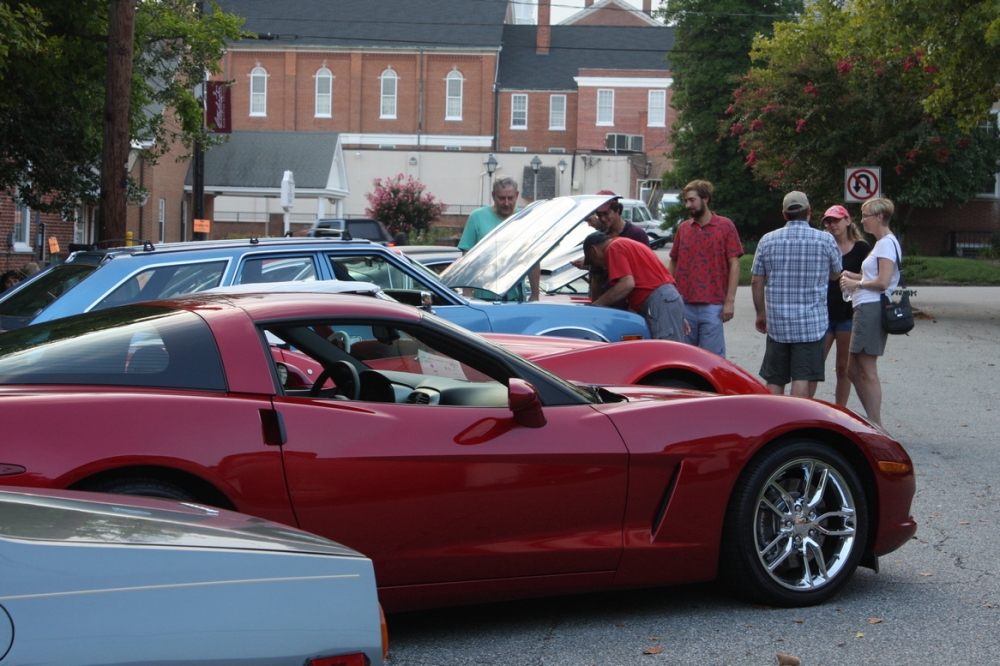
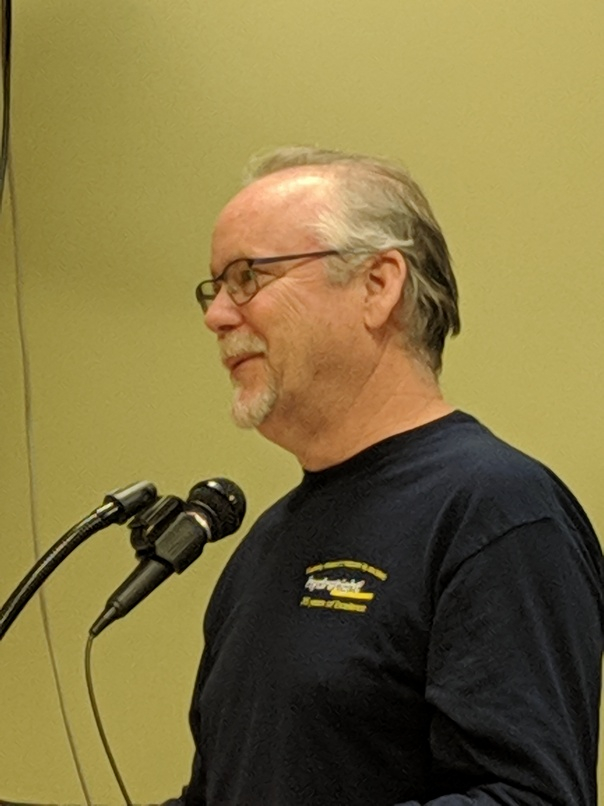
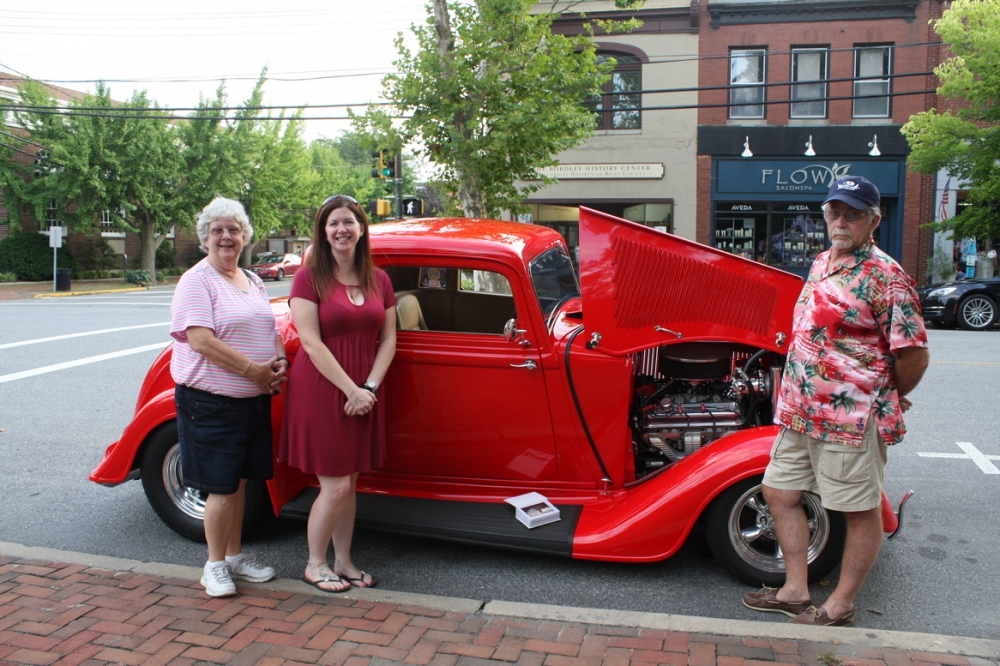
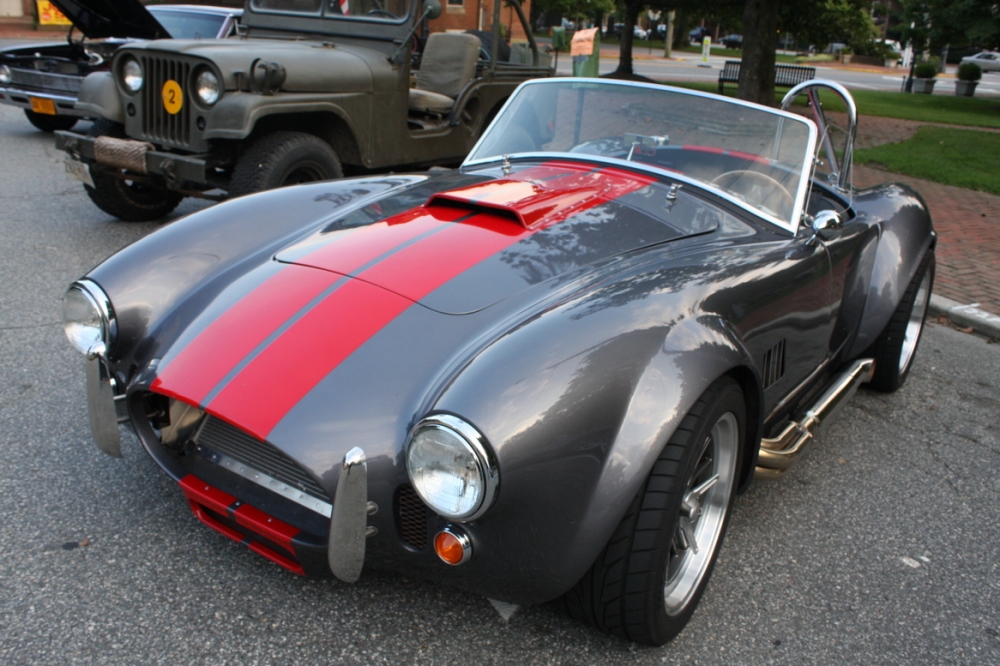
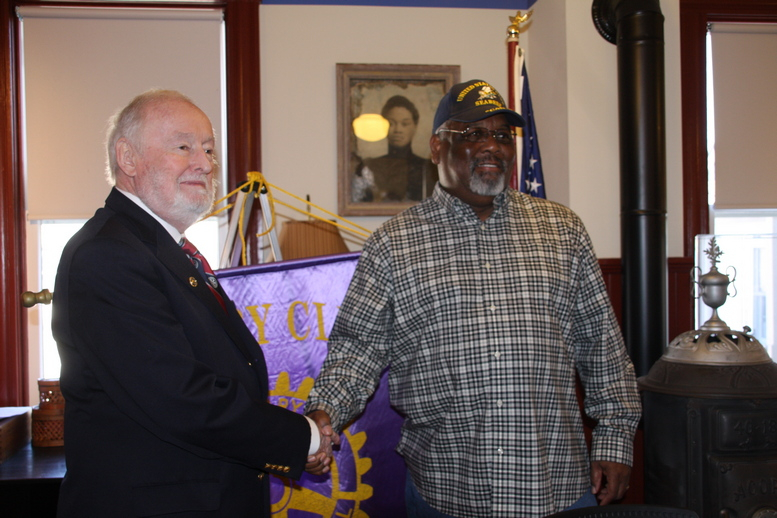



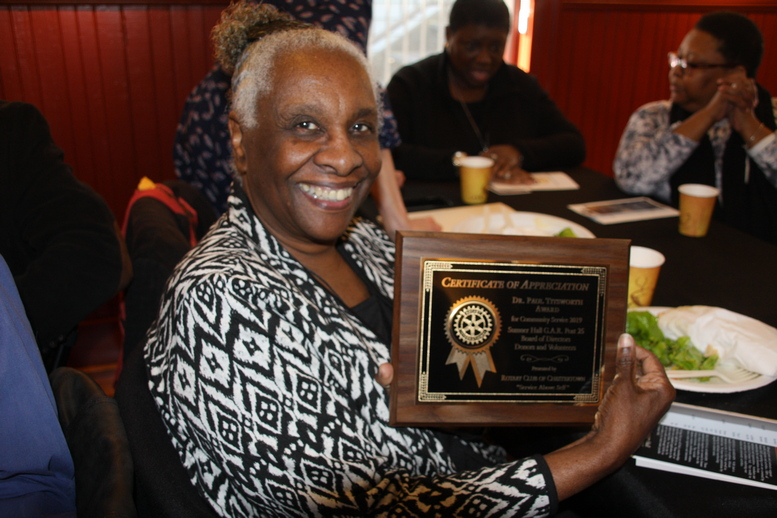
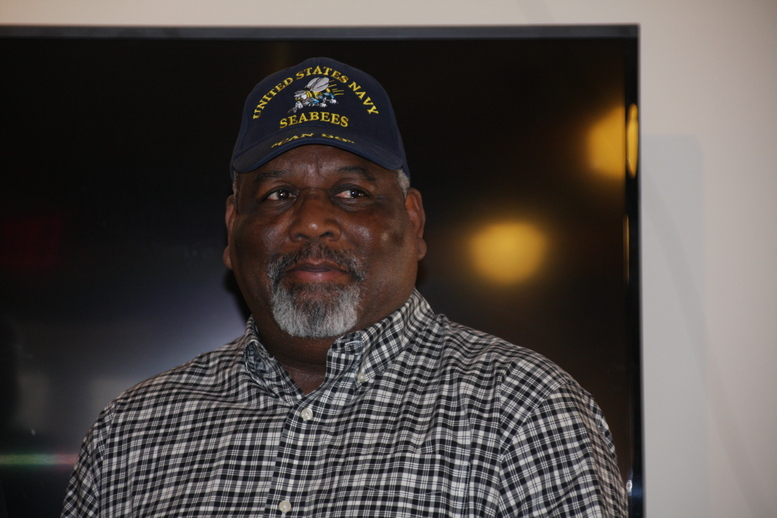
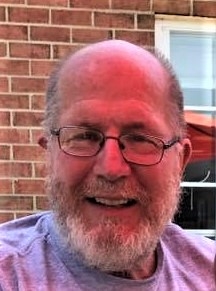
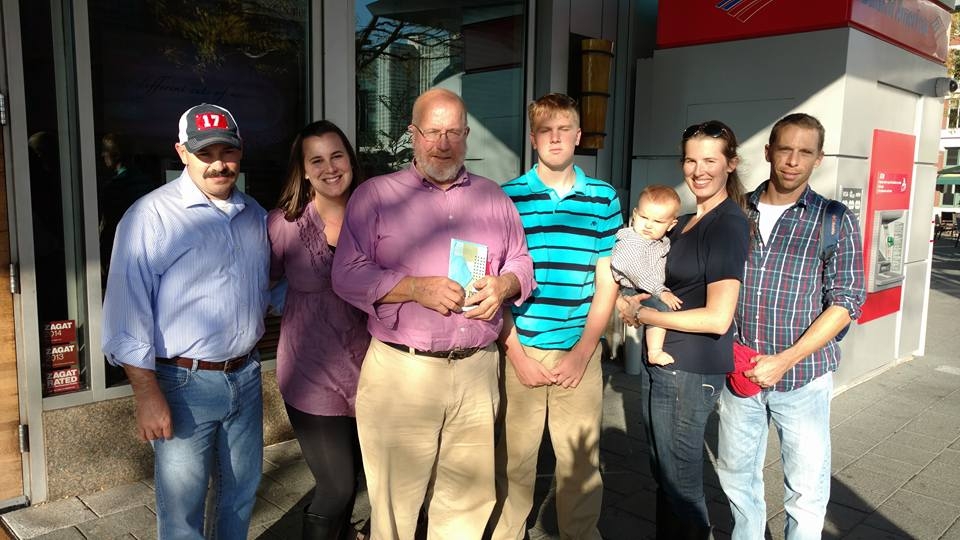
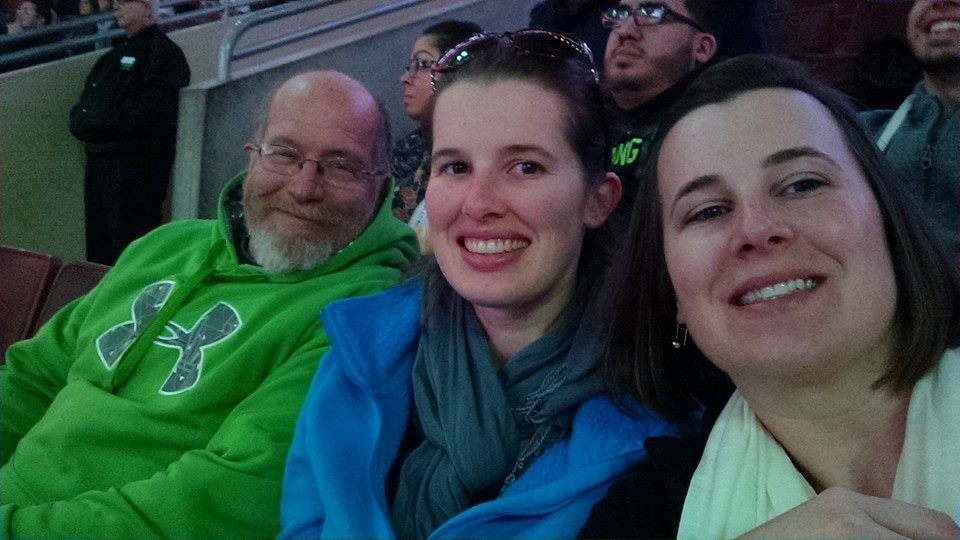
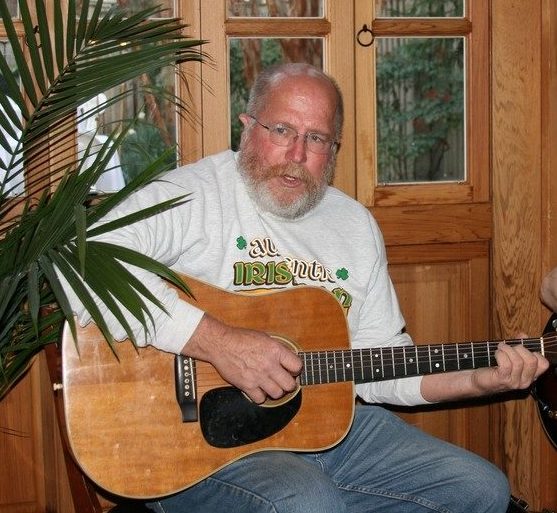
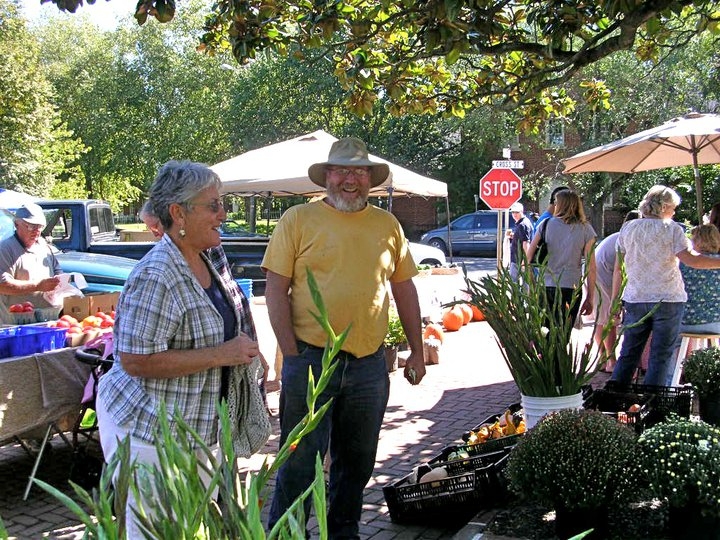
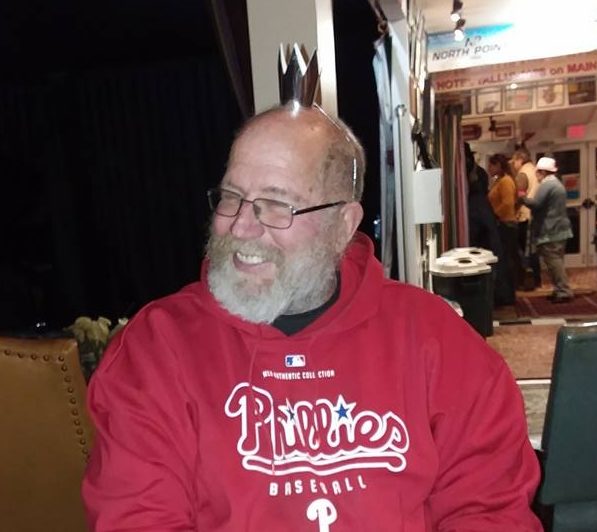
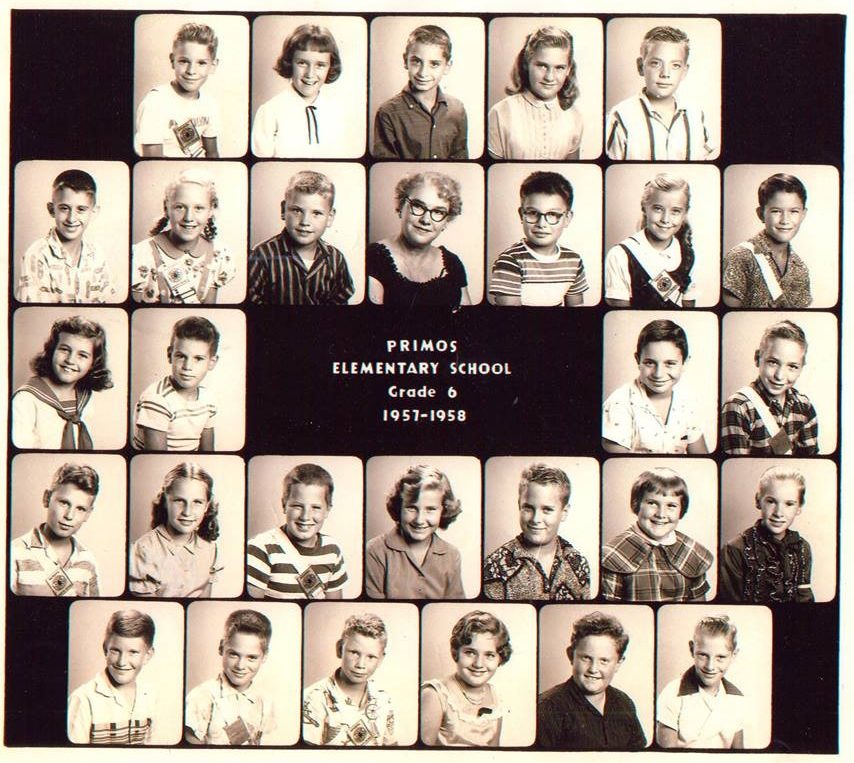
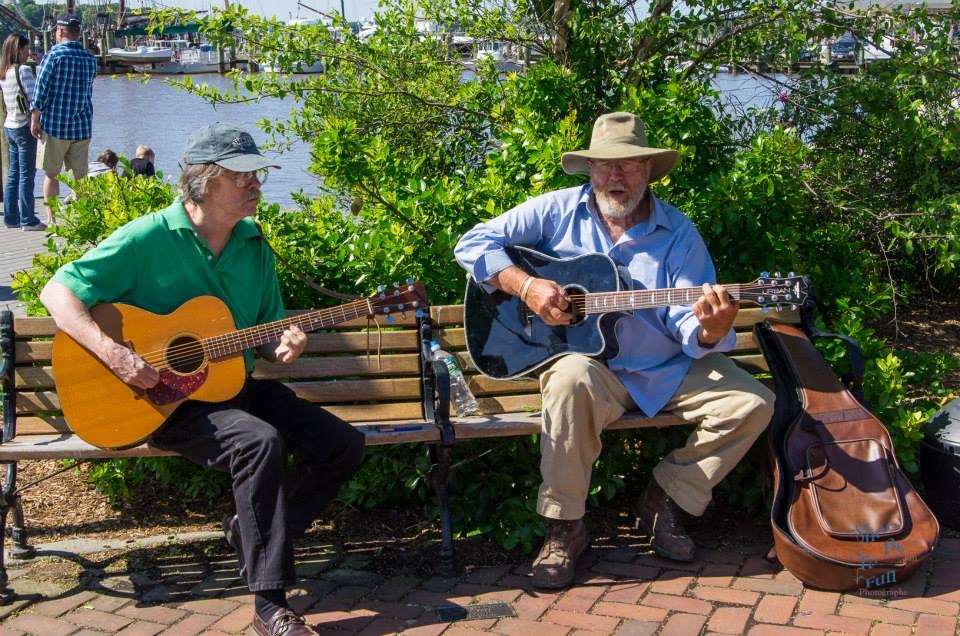
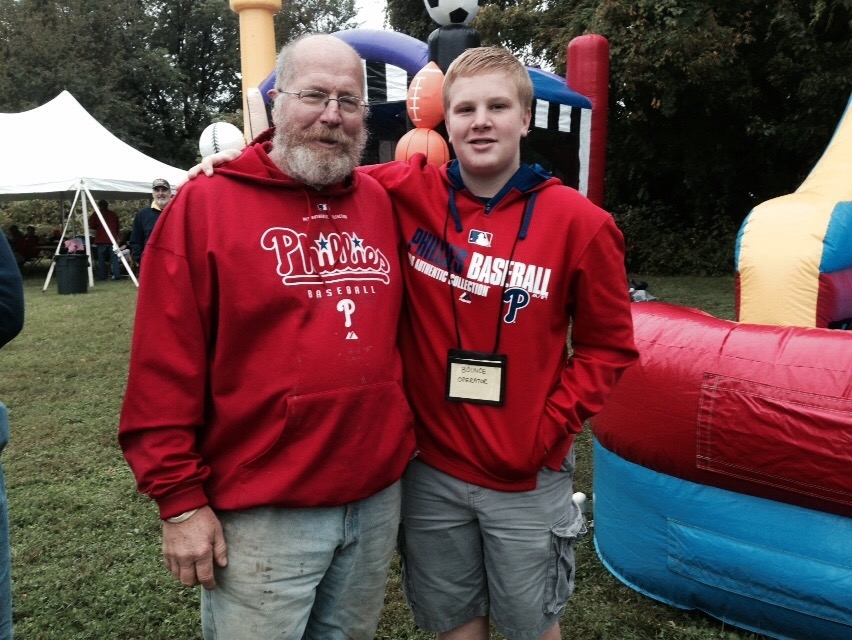
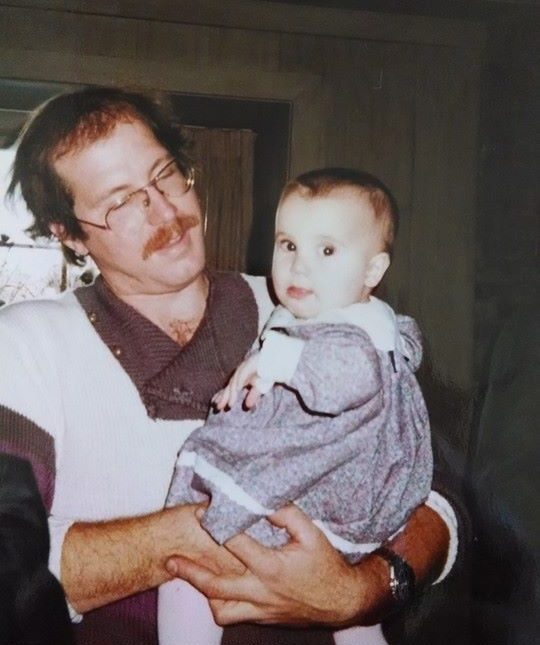
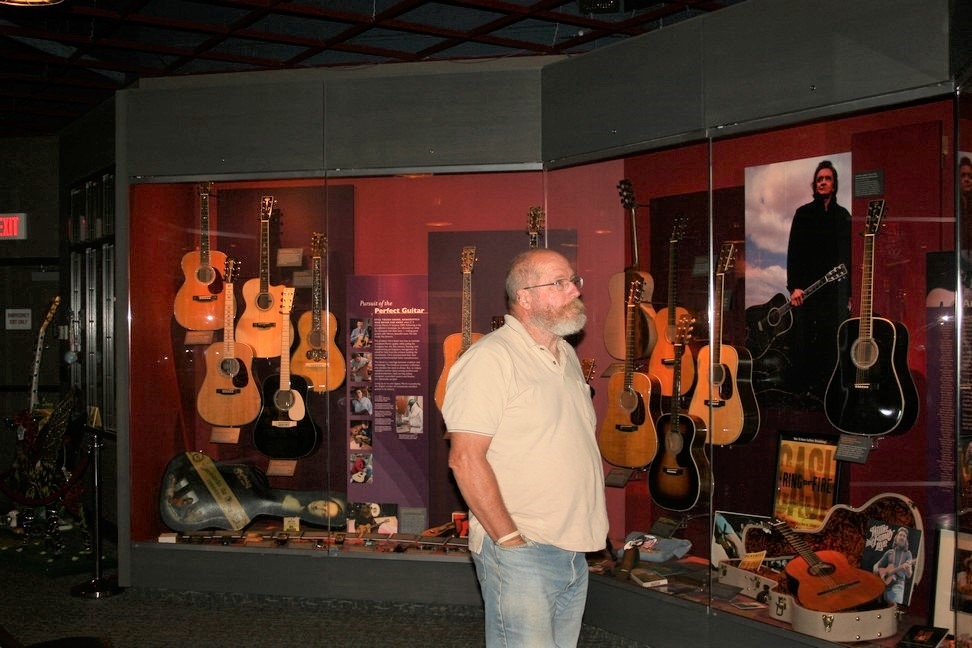
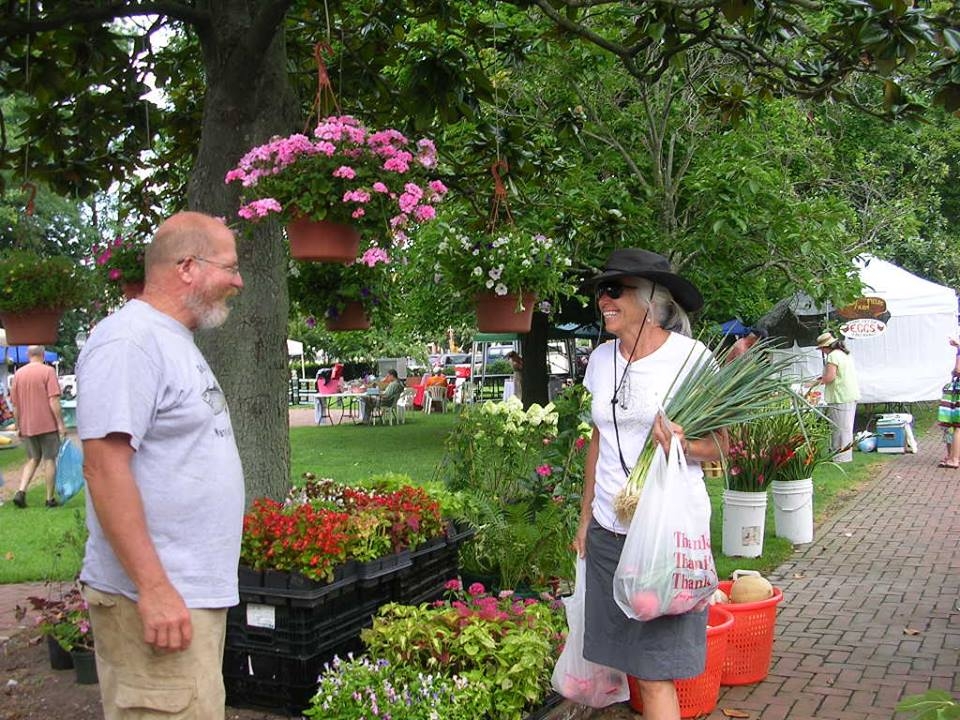

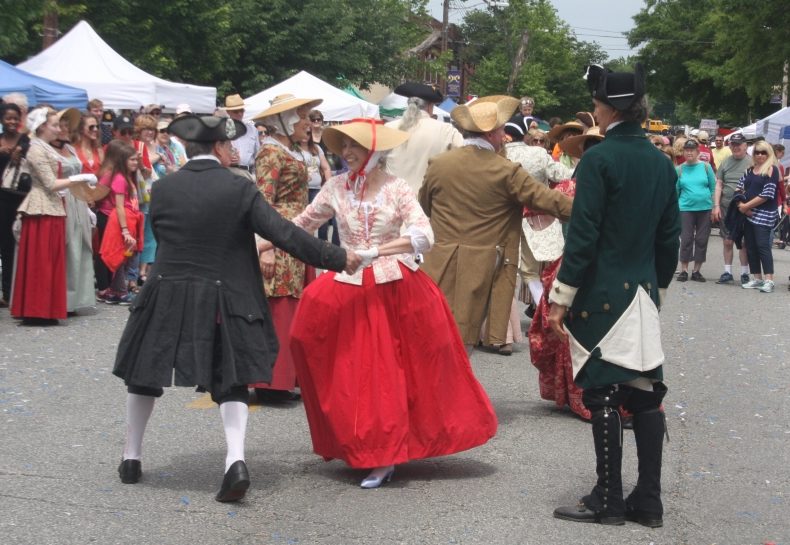
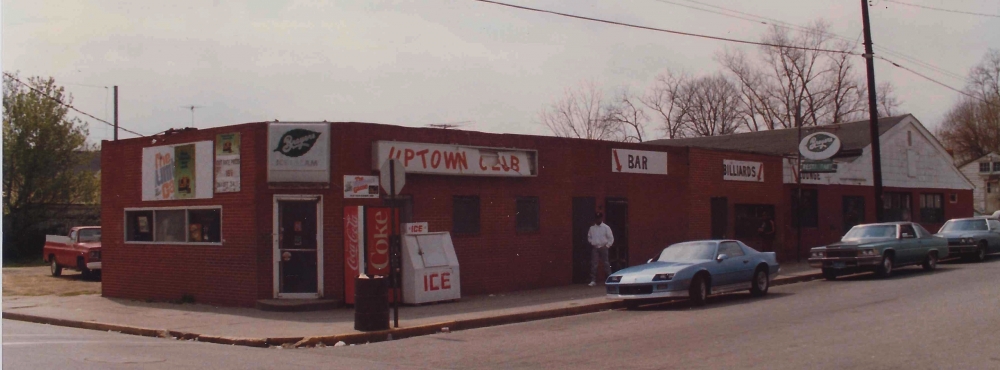

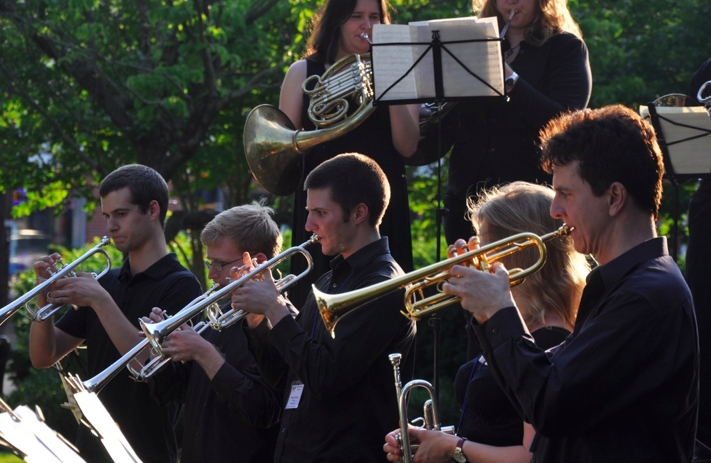
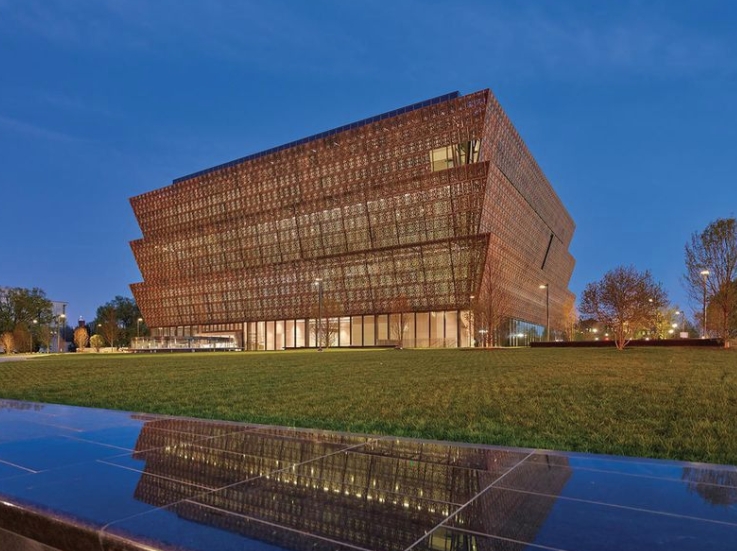
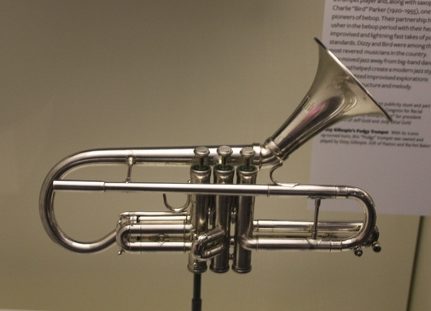
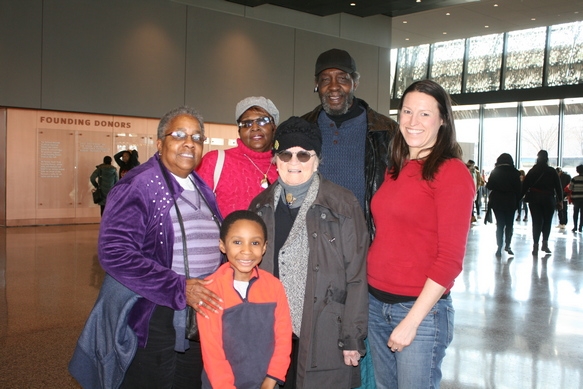 That was especially true of the historical displays, which make up the bottom three floors of the museum, covering a range from the earliest days of slavery through the modern era. The exhibits present detailed, often intense, documentation of the African American experience in the New World – full of historical maps, documents, archaeological artifacts from Africa, Europe, and the Americas, with ample audio-visual material to put them all in context. An entire slave cabin from the Carolina coast sits in the middle of one floor; one of the Tuskegee Airmen’s planes hangs from the ceiling as you go up the ramps between floors; life-sized statues of historical figures are spread around the exhibit. Seeing it all in a single visit is literally impossible – even if you take in only the surface aspects. A good idea on your first visit – an opportunity we missed, but will probably take up next time we go – is to follow around one of the docents guiding tour groups. But again, to really appreciate it, you need to plan more than one visit. It’s well worth it. There’s even a section on African Americans and the Chesapeake Bay with a display about the Eastern Shore of Maryland including black watermen and the seafood industry.
That was especially true of the historical displays, which make up the bottom three floors of the museum, covering a range from the earliest days of slavery through the modern era. The exhibits present detailed, often intense, documentation of the African American experience in the New World – full of historical maps, documents, archaeological artifacts from Africa, Europe, and the Americas, with ample audio-visual material to put them all in context. An entire slave cabin from the Carolina coast sits in the middle of one floor; one of the Tuskegee Airmen’s planes hangs from the ceiling as you go up the ramps between floors; life-sized statues of historical figures are spread around the exhibit. Seeing it all in a single visit is literally impossible – even if you take in only the surface aspects. A good idea on your first visit – an opportunity we missed, but will probably take up next time we go – is to follow around one of the docents guiding tour groups. But again, to really appreciate it, you need to plan more than one visit. It’s well worth it. There’s even a section on African Americans and the Chesapeake Bay with a display about the Eastern Shore of Maryland including black watermen and the seafood industry.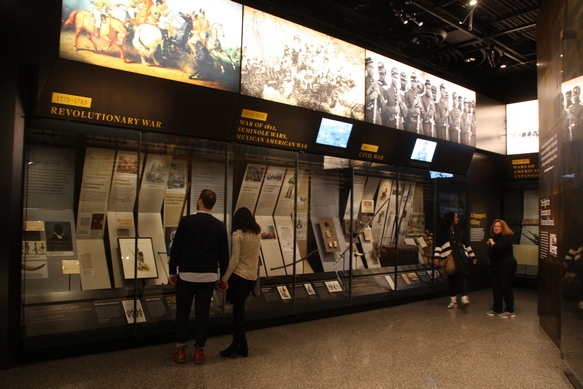 Upon our arrival at the museum, the group split up into smaller groups, each exploring on their own, at their own pace. A few who had been to the museum before were helpful with their recommendations of things to seek out. Many groups met up again around lunchtime in the museum cafe, where the menu features dishes from the various African American communities — catfish, fried chicken, grits, gumbo, the whole range of American soul food –an important aspect of the culture the museum documents. (Also note — outside food can’t be brought into the museum, so you might as well enjoy the cafe.)
Upon our arrival at the museum, the group split up into smaller groups, each exploring on their own, at their own pace. A few who had been to the museum before were helpful with their recommendations of things to seek out. Many groups met up again around lunchtime in the museum cafe, where the menu features dishes from the various African American communities — catfish, fried chicken, grits, gumbo, the whole range of American soul food –an important aspect of the culture the museum documents. (Also note — outside food can’t be brought into the museum, so you might as well enjoy the cafe.)